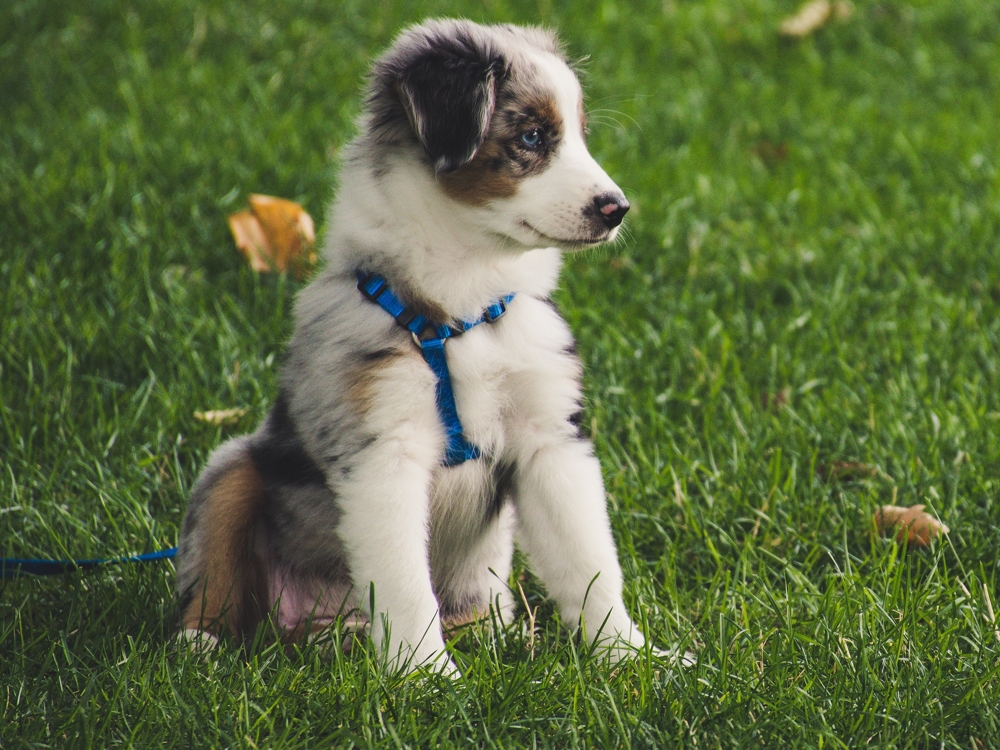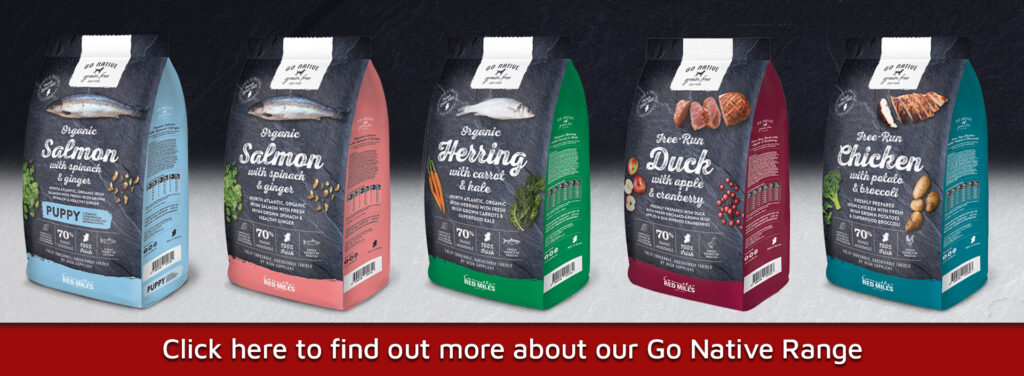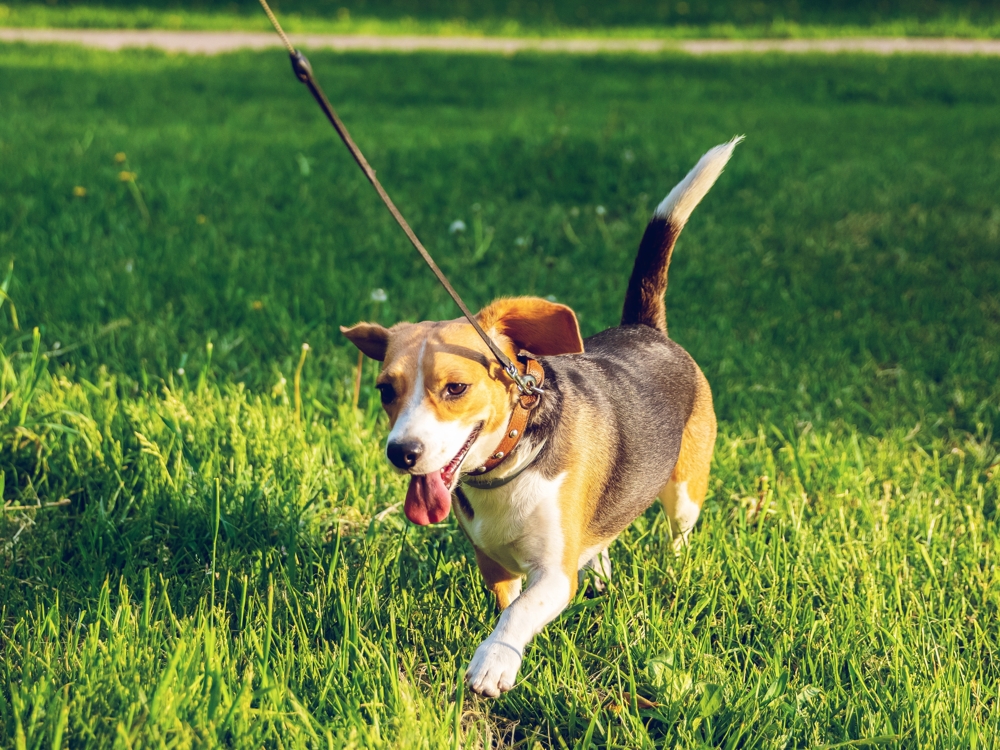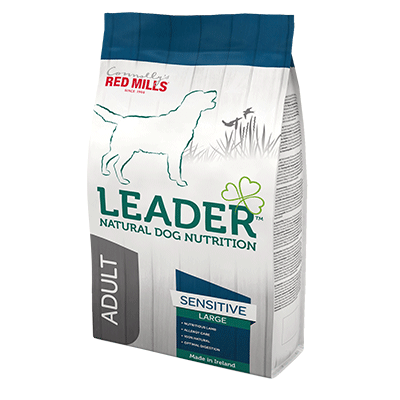Is Your Puppy Ready for Adult Food?
Share
[Sassy_Social_Share]Puppies grow up so quickly. One day they are a tiny bundle of fluffy joy terrorising your slippers, and before you know it, they are a much larger bundle of fluffy joy who knows some basic commands and has learned to live peacefully with your slippers. Dogs don’t all mature at the same rate, physically, mentally or emotionally. So how do you know when to give a puppy adult food? It is not as simple as a date on a calendar, although their actual age is an important factor. But to know when to transition your pup to adult dog food, you have to consider more factors than their date of birth.

Smaller dogs, despite usually having longer lifespans, tend to mature faster. They are ready for adult food sooner than their bigger friends. The optimum time to start adult dog food can be anywhere from nine to 24 months, depending on the individual dog.
As a rough guide…
- 9 to 10 months for toy and small breeds such as Yorkshire Terriers and Shih Tzus
- 10 to 12 months for medium breeds such as Spaniels and Border Collies
- 12 to 15 months for large breeds such as Labradors and German Shepherds
- 18 to 24 months for giant breeds such as Irish Wolfhounds and Bernese Mountain Dogs
Your dog’s individual development is a better guide than their age. If your dog is full-sized for their breed, then you can begin the transition then it is probably time to give your puppy adult food. If your dog is a mixed breed or you are unsure of their age, monitor their growth and wait until they have stopped getting any taller. Watch too for other signs that your puppy is at the end of puppyhood, such as more settled sleeping and toilet habits, better self-control and consistent eating habits. If you have any uncertainty about when to give a puppy adult food, talk to your vet.
Picking the Right Adult Dog Food
When you transition your pup to adult dog food, it is important to pick the food that will best meet their specific needs. Age is only one criteria to consider when selecting the optimum dog food for your beloved pet. The dog’s size and breed type are also very important, as is their lifestyle. Two dogs that are the same age and breed – even littermates – can have very different nutritional needs if one is a working farm dog and the other is a family pet enjoying a more leisurely lifestyle. Some dogs have more delicate stomachs than others.
Quality brands of dog food offer different formulations based on the dog’s size for good reason. Larger dogs need more support for their bones and joints as well as their hearts. They thrive on a food that includes plenty of glucosamine, chondroitin and omega 3 oils. Smaller dogs need a kibble they can chew comfortably and balanced nutrition.
Most young dogs are very active and energetic, but some go beyond. If you have a Border Collie who is in the field all day with the sheep, they will need more calories than a dog who enjoys a couple of half hour walks a day and some play time. Leader Supreme and Engage are good choices for hard working dogs.
Eventually, as your young adult dog matures, you might realise that the food you selected is not ideal for this individual. Perhaps your dog lives a very leisurely lifestyle and has gotten a bit more pudgy than is healthy. Leader Slimline might be more appropriate if simply reducing the amount of food doesn’t help. Or if your dog is not thriving, they could have a food sensitivity. In that case, Leader Sensitive or one of the grain-free Go Native foods might suit them better.

How to Transition Your Dog to Adult Food
Once you’ve decided when to give your puppy adult food, the next question is how. Switching abruptly, even if the adult dog food is the same brand as the puppy food, can upset your dog’s digestion. The best plan is to make a gradual change by giving your dog a mix of the puppy and adult food. You gradually reduce the portion of puppy food while increasing the amount of adult food over a few weeks. Here’s how.
Week 1: Feed two parts puppy food to one part adult dog food.
Week 2: Feed equal portions of puppy and adult dog food for a week.
Week 3: Feed one part puppy food to two parts adult dog food for a week.
Week 4: Begin feeding adult dog food exclusively.
If your dog experiences any stomach upset such as loose stools, you can slow this down. Try two weeks at each stage instead of one. If you are sticking with the same brand of dog food, your dog is likely to have a smooth transition. But do not worry if they have some mild tummy upset for a couple of days. That’s normal. If it persists, however, do speak to your vet. It could be that your pup needs a sensitive food such as Leader Adult Sensitive.
As Your Pup Grows Up
As your puppy matures, their bodies and their behaviour change. While dogs can go through a difficult period in early adulthood, they generally become calmer and less interested in eating shoes. Dogs of all ages still need a daily walk, and your young adult dog might need more walks at 18 months than they did at six months. Young adult dogs also still need play time with you. This is important for bonding as well as their mental and physical health. (It also prevents canine destruction such as chewing and digging.)

From one to five, your dog is at their peak. They need superior nutrition to promote healthy muscles and digestion, and they need plenty of regular exercise. The novelty of having a puppy is over, but your dog will reward you with boundless love, plenty of motivation to exercise and excellent company for a lifetime.






